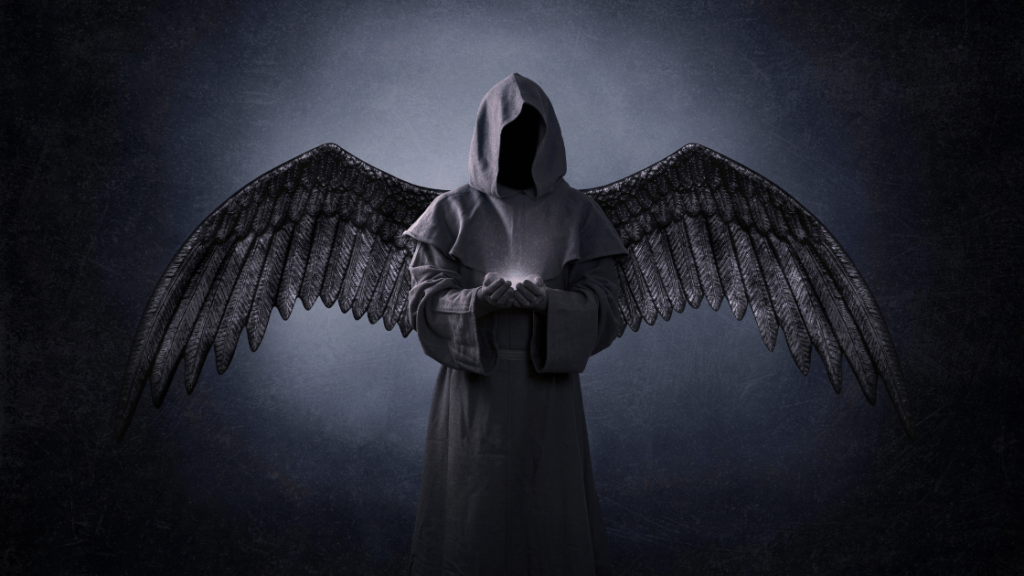Rituals and symbols of death express a universal experience that transcends location, language, and cultures worldwide. It’s an inevitable passage we all share. And no matter where you live, it’s a topic that evokes both fear and fascination. From eerie to enlightening, studying symbols associated with death can provide valuable insight into what it means to be human. Symbols often help us navigate our complex relationship with mortality, and learning how others traverse the same ground can be a useful exercise in handling the concept of death with grace.
1. The Grim Reaper: A Familiar Face in the West
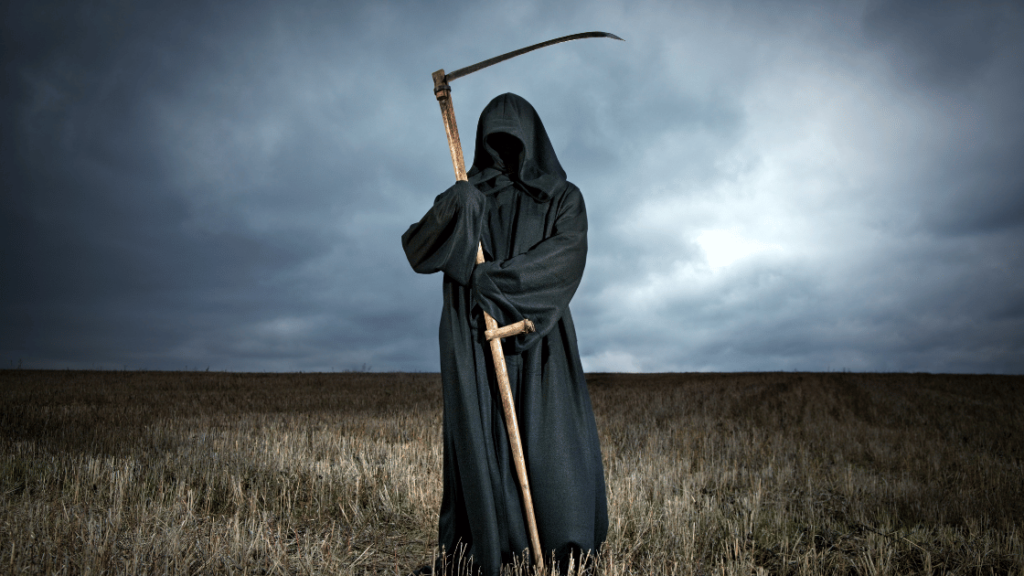
“Death, be not proud,” wrote the poet John Donne. But in Western cultures, Death often wears a hooded robe and wields a scythe—the Grim Reaper. This skeletal figure, shrouded in darkness, is the harbinger of our final journey. Why the skeletal form? Perhaps because skeletons symbolize the decay of the physical body after death. The robe, reminiscent of religious vestments, adds an air of mystery. And the scythe? It’s borrowed from the agricultural world, where harvesters use it to reap crops ready for plucking. In death, we too are plucked from this earthly field.
2. The Mexican Day of the Dead: A Vibrant Celebration
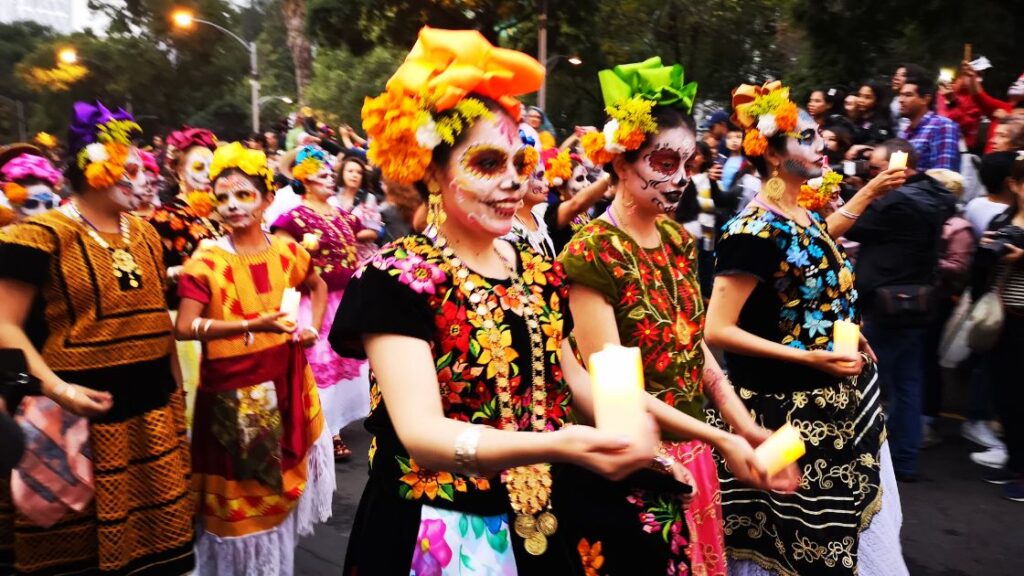
In Mexico, death is not a somber affair. It’s a fiesta! The Día de los Muertos (Day of the Dead) is a colorful, joyous festival that honors departed loved ones. Imagine altars adorned with marigolds, candles, and food. And don’t forget the calaveras—those whimsical sugar skulls. These sweet treats, often inscribed with names, are gifts to the spirits. The Day of the Dead is a time to remember, celebrate, and connect with those who have crossed over. Death becomes a dance, a reunion.
3. Maha Shivaratri: Cosmic Symbolism in Hinduism
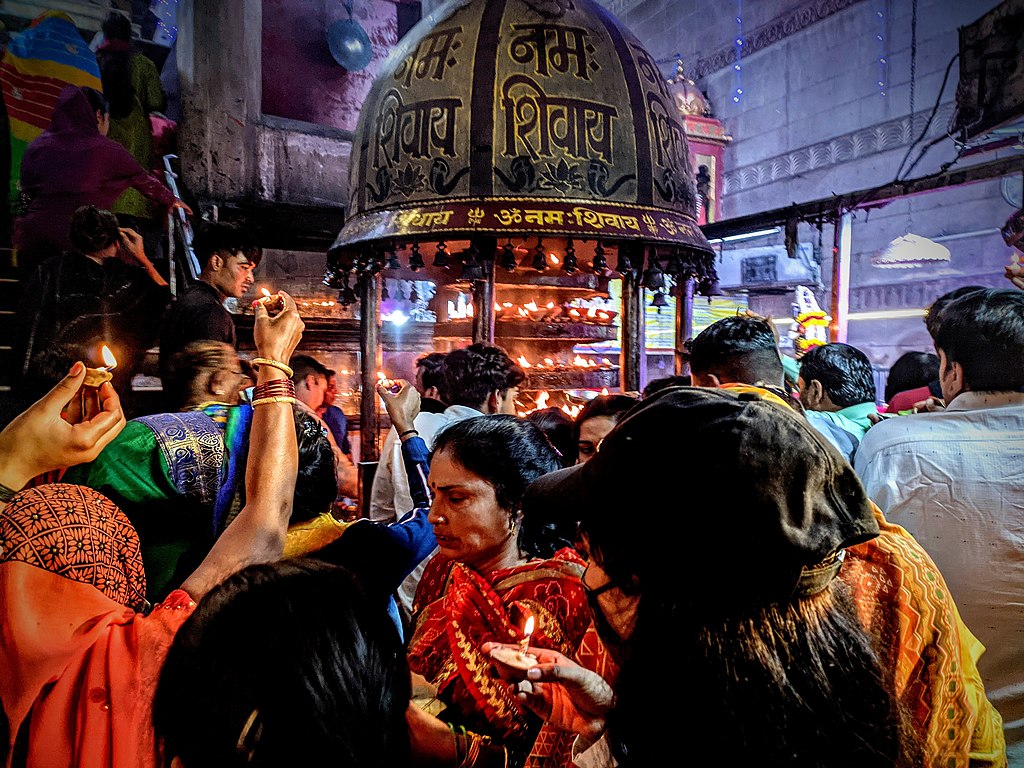
In India, Maha Shivaratri is a night of cosmic significance. Lord Shiva, the destroyer and transformer, dances the Tandav, a celestial ballet. The shivalingam, a phallic symbol, represents the cycle of life, death, and rebirth. It’s a reminder that existence is a perpetual dance, a rhythm of creation and dissolution. On this night, devotees meditate, chant, and seek enlightenment. Death here is not an end but an otherworldly transition.
4. The Tibetan “Death Flag”: A Silent Announcement
In Tibet, when death visits a family, a death flag flutters outside their home. This simple piece of cloth, often white or blue, bears no words. Yet its message is clear: a soul has departed. The flag is a silent announcement, a way to inform the community. It’s a tradition that connects the living and the dead, bridging the gap between realms. The wind carries the news, and the flag becomes a beacon of remembrance.
5. The Chinese Funeral: Warding Off Evil Spirits

In China, death is a delicate dance between the living and the departed. The funeral rituals are steeped in symbolism. White paper money, known as joss paper, is burned to provide wealth and comfort to the deceased in the afterlife. But there’s a twist—the paper money is stamped with the character for “death.” Why? To ward off evil spirits. The doors of the home bear the same character, a protective talisman. Death is not feared; it’s managed. The living honor the dead, ensuring a peaceful transition.
6. The Egyptian Book of the Dead: Spells for the Afterlife
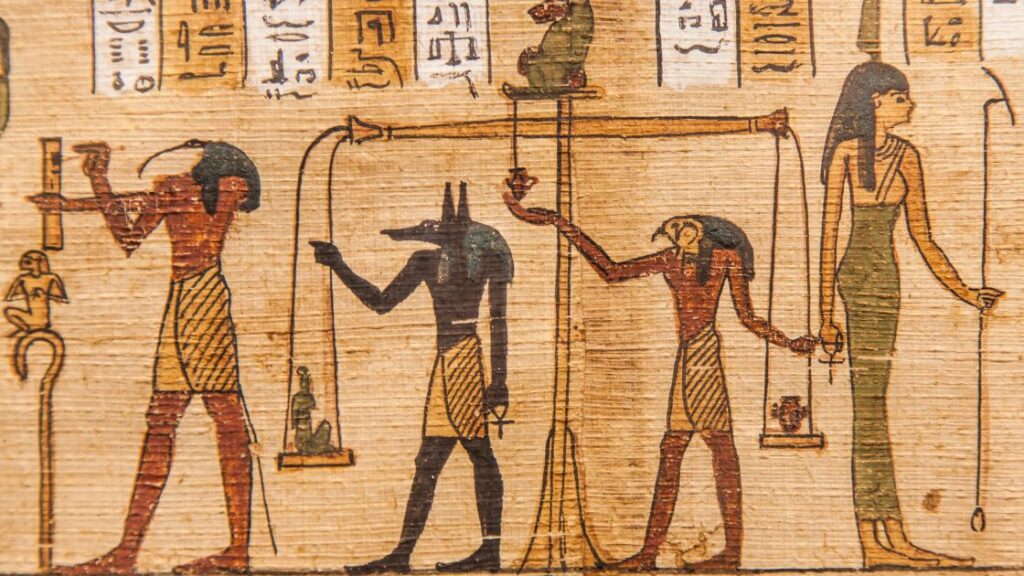
In ancient Egypt, death was a journey. The Book of the Dead, a funerary text, guided the departed through the afterlife. Spells and incantations offered protection and wisdom. And who better to accompany the soul than Anubis, the jackal-headed god? Anubis presided over mummification and the transition from life to death. His image adorned tombs, a guardian for eternity. Death was not an end but a passage. The Book of the Dead ensured safe travels.
7. Obon Festival in Japan: Lanterns and Dance

In Japan, the Obon festival is a dance of memory. Held in July or August, it honors the spirits of the departed. Lanterns light the way, guiding souls back to their earthly homes. Families gather to perform traditional dances—the Bon Odori. The air is thick with nostalgia. Death is not a farewell; it’s a welcome back.
The lanterns flicker, casting shadows on the worn wooden floors. As the dancers sway, they become vessels for the memories—the laughter, the tears, the shared meals. The rhythm of the drums echoes the heartbeat of generations. And in that moment, the veil between worlds thins. We dance, not just for the dead, but with them. The steps are ancient, yet our feet find their place. We honor the past, celebrate the present, and beckon the future. The lanterns sway, and so do we. For in this dance, death is not an end; it’s a reunion.
8. The Christian Cross: A Symbol of Sacrifice
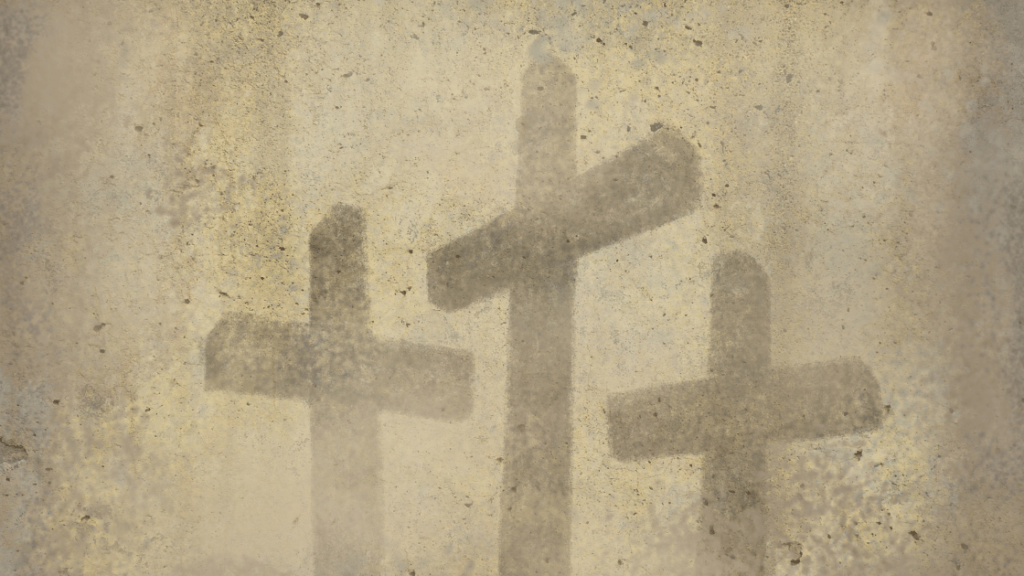
In many Christian traditions, the cross stands tall—a symbol of both death and resurrection. The rugged wood bears the weight of sacrifice. It reminds us of Jesus, who willingly faced death on a cross, redeeming humanity. The vertical beam points heavenward, bridging the gap between earth and eternity. The horizontal beam stretches wide, embracing all. In churches, the cross adorns altars, stained glass windows, and hymnals. It’s a reminder of love triumphant over death. And in cemeteries, it marks the resting places of saints and sinners alike. Death here is not defeat; it’s a doorway to life everlasting.
9. The Native American “Ghost Dance”: A Circle of Hope

In the late 19th century, Native American tribes performed the Ghost Dance. It was a desperate prayer—a plea for survival. The buffalo had vanished, and the land was scarred. But the dance promised renewal. In a circle, dancers moved, their moccasins stirring the earth. They believed that the ancestors would rise, the buffalo would return, and the world would heal. Death was not the end; it was a turning point. The Ghost Dance was banned, labeled dangerous by authorities. Yet its spirit lives on—a testament to resilience, hope, and the longing for a better world.
10. The Irish Wake: A Bittersweet Gathering
In Ireland, when death knocks, the community gathers. The wake—a tradition steeped in warmth and sorrow—honors the departed. The home becomes a sanctuary. Friends and family share stories, laughter, and tears. The body rests in an open casket, surrounded by candles and flowers. Whiskey flows, and songs echo through the rooms. The wake lasts until dawn, a vigil of love. Death is not a solitary affair; it’s a communal embrace. The Irish believe that the soul lingers, watching over loved ones. So they celebrate, mourn, and raise a glass to life well lived. Sláinte!
Symbols of Death Create a Bridge
And so, across continents and centuries, symbols weave a tapestry of meaning. Death is not a single note; it’s a symphony. Each culture adds its melody, harmonizing grief and hope. Whether through lanterns, crosses, or dances, we express what words cannot fully convey. We honor the departed, cherish memories, and find solace in the shared human experience. So let us dance, light the lanterns, and remember. For in these symbols, death becomes a bridge—a passage to something beyond, something sacred.


